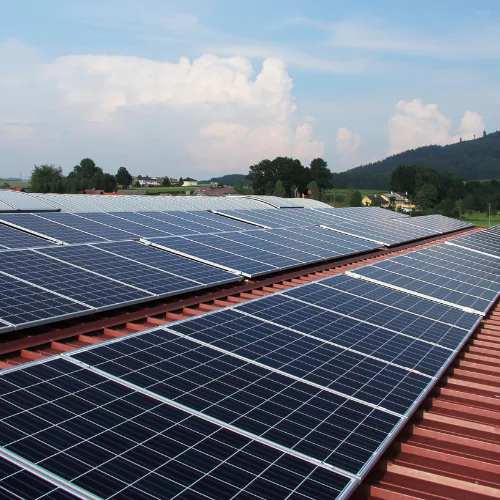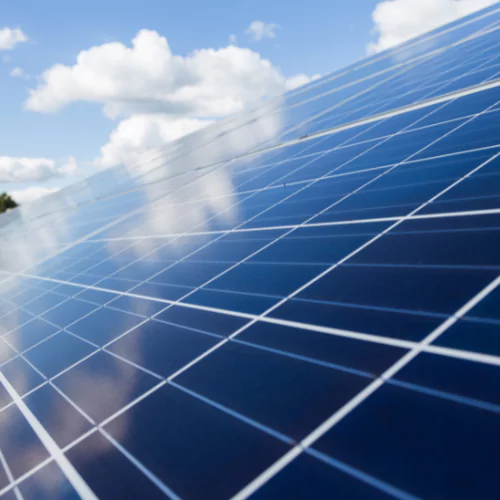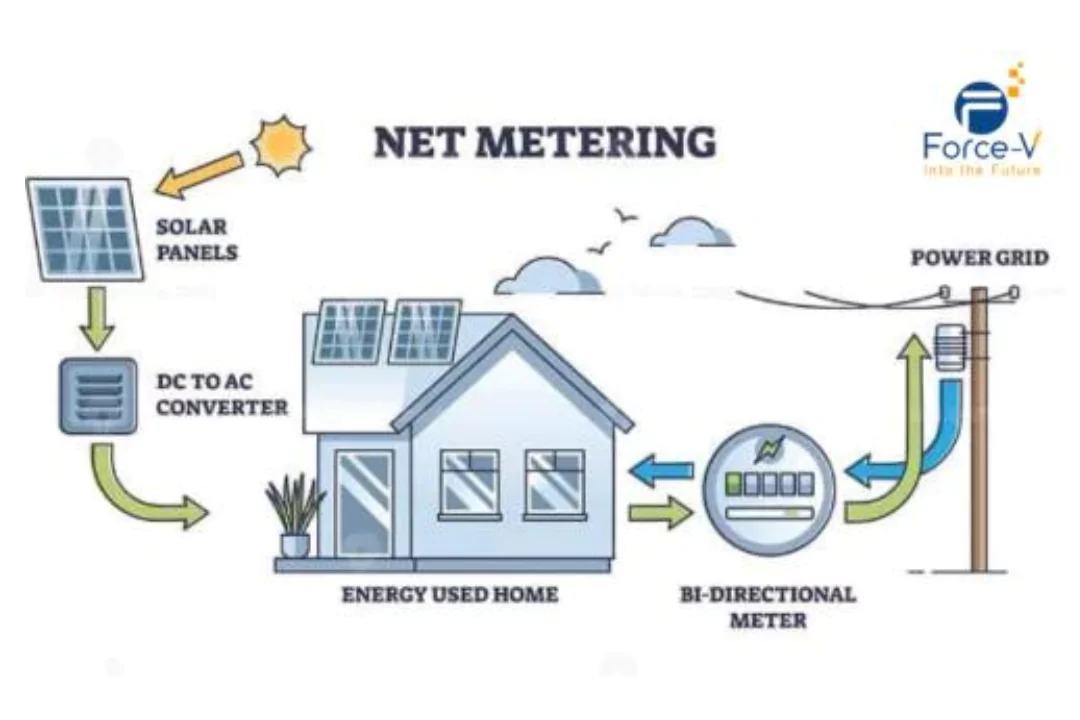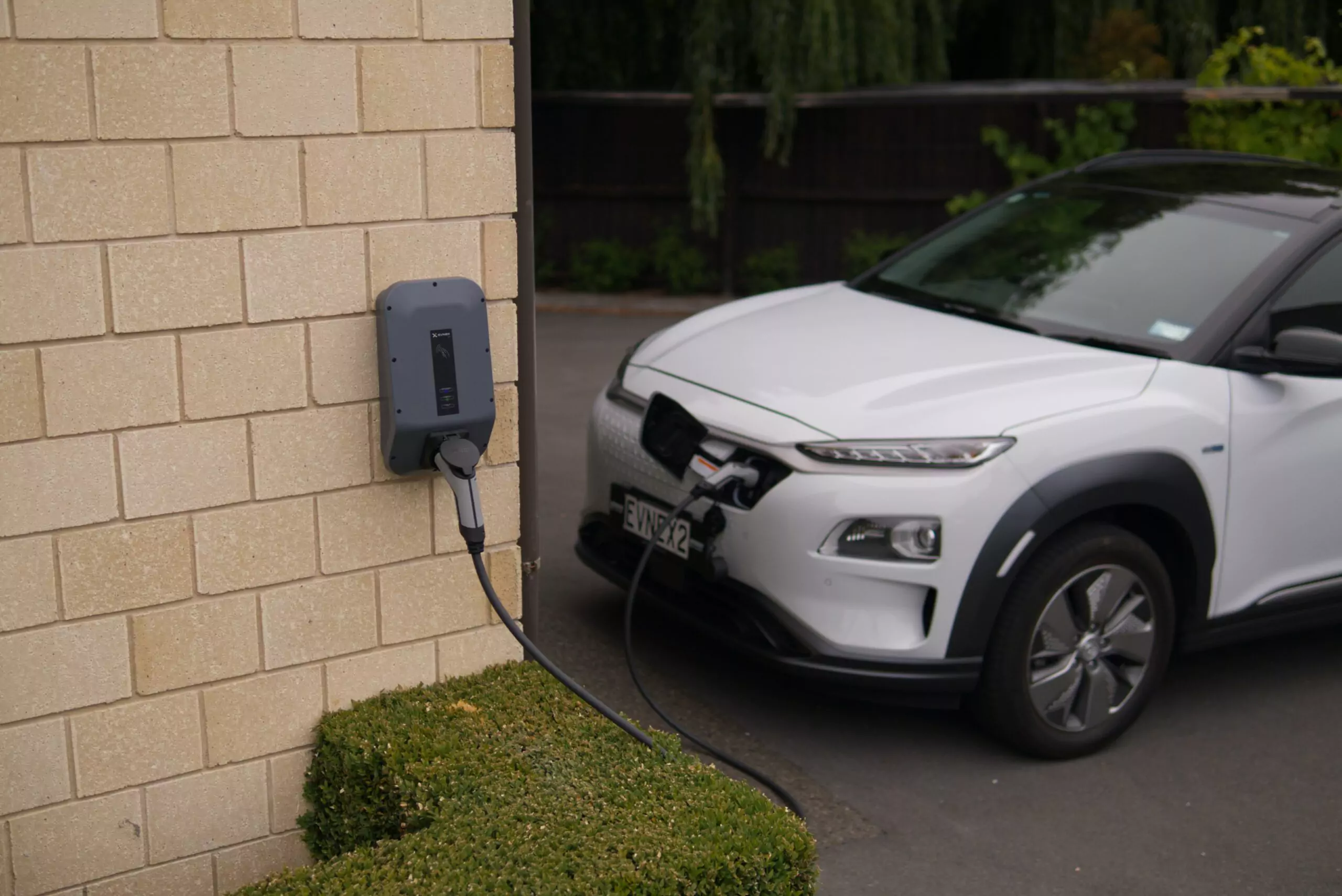PV-DG Synchronization (PV Genset Controller)
When grid power is unavailable, a Diesel Generator (DG) can be used with an on-grid solar power plant. This PV-DG synchronization system works with any grid-tie solar inverter. It is important to ensure the power used (in kW) does not exceed the power produced by the solar plant to avoid problems.
If the solar plant makes extra power, it can flow back into the DG and damage it. To prevent this, a PV DG controller, also called a PV genset controller, is needed for safe solar DG synchronization.
The Role of a PV DG Synchronization (PV Genset Controller)

The PV DG controller adjusts the output of on-grid solar inverters by setting a control point. Its built-in power analyzer measures the total power at the coupling point where the DG and load meet, and compares it with the set control point of the controller.
When the load on the DG exceeds this control point, the PV DG controller increases solar power output. Conversely, if the load on the DG falls below the control point, the controller reduces solar power output. This ensures that the DG operates at a minimum of 30% of its rated capacity, preventing damage from running at low loads.
Synchronizing Solar Plants with Grid and DG Power
Solar power plants can synchronize with both grid power and DG power using any grid-tie solar inverter. A PV DG controller is necessary to protect the DG from surplus solar power, ensuring safe and efficient operation.
Solar Grid DG Management System
The PV DG controller also works as a solar grid DG management system. Unlike standalone monitoring systems from inverter manufacturers, it has a built-in data logger (RMA). This feature allows solar power plant owners to monitor the performance of their systems with both grid and DG loading.
Diesel Generator and Solar Synchronization Procedure
To synchronize a DG with a solar power plant, follow these steps:
- Install Current Transformers: Place current transformers at the coupling point of the DG and the load to measure power drawn from the DG.
- Connect Current Transformers to PV DG Controller: Use a 10-core, 1.5 sq mm cable to connect the current transformers to the PV DG controller.
- Power Source Connection: Connect a power source (voltage source) before the coupling point of the DG and load to the PV DG controller using a 3-core, 1.5 sq mm cable for internal power needs and voltage reference.
- Connect PV Inverter to PV DG Controller: Link the grid-tie PV inverter to the PV DG controller via a LAN (CAT 6) cable.
- Internet Connection: Connect the PV DG controller to local internet via a LAN (CAT 6) cable for online monitoring of the PV plant, DG, and grid.
- Set Load Sharing Point: In the PV DG controller, set the load sharing point at 30% of the DG’s capacity to ensure the DG operates at a minimum of 30% load.
How PV DG Controller Works
For effective synchronization of a solar plant with a DG, the PV DG controller sets a load sharing point at 30%. Running a DG at less than 30% capacity for long periods can cause engine issues. This includes exhaust slobber, where unburned fuel and oil leak through exhaust joints due to low cylinder heat.
Conclusion
A PV DG controller, or PV genset controller, is crucial for syncing a Diesel Generator with a solar power plant when grid power is down. It protects the DG from excess solar power and keeps it running efficiently by maintaining at least a 30% load. Compatible with any grid-tie solar inverter, the PV DG controller ensures reliable power integration and comprehensive system monitoring, making it vital for hybrid power setups.
Also Check:







One Comment